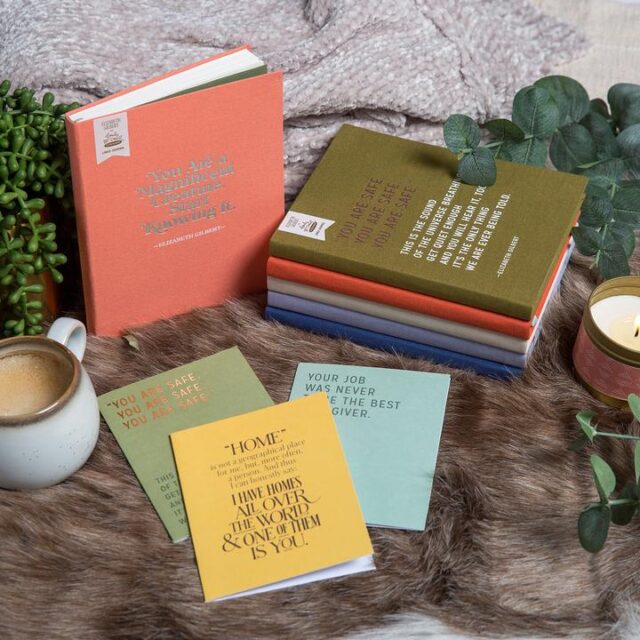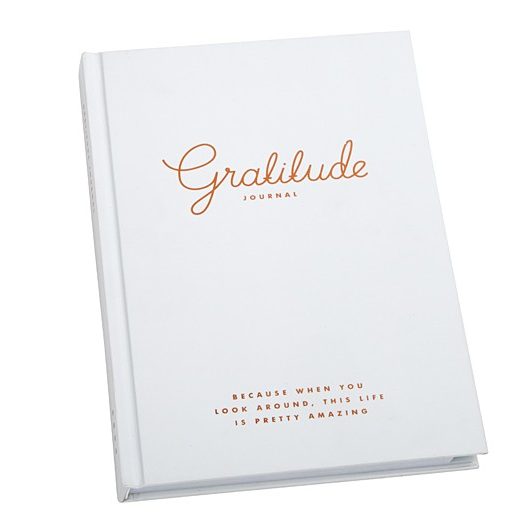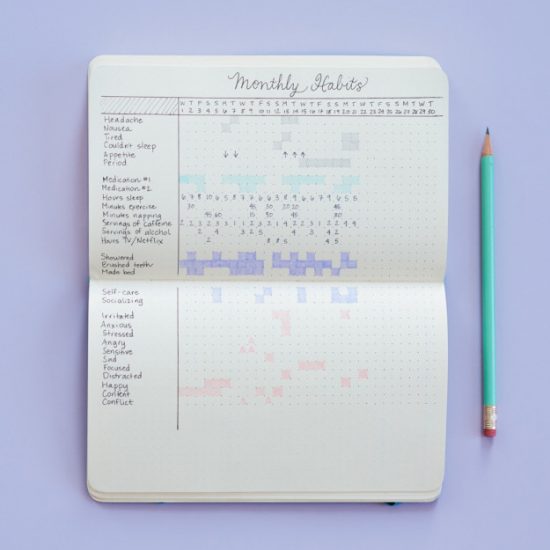Finding Beauty in the Midst of Fibromyalgia: An Interview with ‘Chronically’ Charis

It’s kind of an understatement to say that I love lists, notebooks and planners. As my husband jokingly says: you can tell Jen’s in the house by following the paper trail.
There’s something strangely satisfying and calming about putting pen to paper. And it’s not just me: studies show that regularly writing things down has several benefits for your physical and emotional wellbeing, from boosting your creativity and productivity to an improved mood, less stress and even a stronger immunity.
Now of course you can use digital planners and apps to track your habits, but it seems that writing by hand improves your memory, by combining neuro-sensory experiences and fine motor skills. Even doodling and free-hand scribbling can facilitate thinking, make ideas tangible and help you express emotions when you can’t find the right words.
So have a look at this list of ideas and tools to write your way to a happier and healthier new year!
This blog post contains some affiliate links to resources you might find useful, at no extra cost to you. All opinions are my own.

Trusting your innermost thoughts and feelings to paper can be a useful tool to process and accept challenging situations. According to dr. James Pennebaker, author of ‘Writing to Heal’, journaling about upsetting experiences helps you come to term with them, which promotes better physical and mental health by reducing stress. What’s more, writing by hand engages both the left, ‘analytical’ part of your brain as well as the right, ‘intuitive’ side, which enables you to solve your problems creatively.
Journaling could also help you to rewrite the narrative of your life. We are the stories we tell ourselves. How we became who we are isn’t just a summing-up of the facts of our lives, but rather our own meaningful interpretation of events. You can choose to write a different narrative, by framing your past or personality in a more positive, helpful way.
There are as many ways to journal as there are individuals using them, from an old-school, ‘dear diary’- style recap of your day to using writing prompts. You can also borrow a page from Julia Cameron’s bestselling book The Artist’s Way and start your day with creative morning pages – a daily practice of stream-of-conscious, longhand writing about anything that crosses your mind, to clear your mind and spark your creativity. The opposite is also possible, namely journaling with the specific purpose to clarify your thoughts and feelings, to find emotional relief or give new meaning to painful events in your past.
Warning: If you find yourself getting caught up in your emotions and ruminative thinking instead of finding relief and solutions for your problems, journaling might not be the right tool for you.

It’s only human to want more: a new outfit, that promising work project, a fitter body or the trip of a lifetime. But instead of always searching for the next big thing, you should also reflect on the good things already in your life. By keeping a gratitude journal, you can train your brain to automatically scan for the positives around you, from a kind gesture of a stranger and small personal victories to the comfort of a warming drink on a cold day. Research confirms that writing down 3 things that went well that day is one of the most powerful ways to boost your happiness.
In the same spirit, you could compliment your to-do list and big, audacious goals with a “reverse bucket list“: an inventory of meaningful accomplishments you’ve already achieved in life.
Greater Good listed helpful tips from the world’s leading expert on gratitude, Robert Emons, on how you can reap the most rewards from your gratitude journal: don’t just go through the motions but feel thankfulness for what you write down; focus on people rather than things you’re grateful for; and it’s better to elaborate in detail on one specific event that sparked thankfulness than a longer list of superficial things.
What’s more, it helps to mix things up. I’m deeply grateful for my family, living in a relatively safe part of the world and having a roof over my head, but to really appreciate the blessings in life you shouldn’t put the exact same things every day. If you’re going through a difficult time and have trouble seeing the good in your life, you could also get specific: don’t write down that you’re thankful for your loved ones, but savor that spontaneous cuddle from your child or a thoughtful message from your friend.

Undoubtedly the hottest tool in town, a bullet journal is a mix between a calendar, a to-do list and a dairy. It’s a creative method of journaling and note taking that uses bullet points (instead of long sentences) as its core structure. Bullet journaling allows you to both plan, organize and record your days in an expressive way. Some people turn their simple notebook in a true work of art, but your bullet journal does not have to look picture perfect. It’s a tool to help you schedule and track your habits, not a project in itself.
Unlike a calendar or diary, bullet journals lend themselves really well to record all the things that are going on in your life, both your long-term goals as your daily activities. There are several ways you can use a bullet journal to improve your health and happiness:
You don’t need fancy stationary, stencils or wasabi tape to keep a bullet journal, but the Moleskine soft cover dotted notebook can be helpful for easily recording your tasks and thoughts.
Warning: Tracking your health and mood can be a useful tool to help you feel better. But if you start obsessing over metrics or feel bad about not living up to your ideal standards, it might be time to try another approach instead.

A daily planner can be used to put your goals and intentions into practice, set priorities and manage your energy by alternating activities with moments of rest. But the new generation of personal planners doesn’t just help you schedule activities and remember appointments, they also put what truly matters on the agenda. Being more than a weekly organizer, these next-level planners are designed to help you connect with what you want most and to plan your life accordingly.
How does journaling, planning or making lists help you feel happier and healthier?
I wish you all a loving, joyful and healthy new year with plenty of happy adventures!
If you enjoyed reading this post, you might also like: